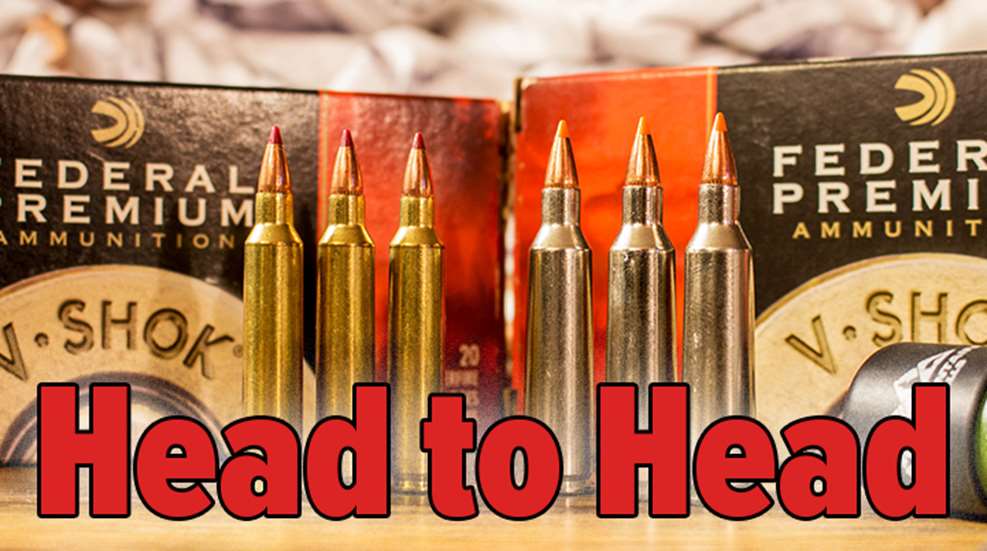
Predator season is in full swing, and that gets me thinking about speedy small-bore centerfire cartridges. Crisp winter days spent with a good mouth call and a favorite rifle can make the best memories, and the challenge of outsmarting coyotes, bobcats and foxes is a large one. You’ll need a good cartridge, capable of handling shots varying from bobcats in the thick timber to coyotes across the windy, open fields. There are many to choose from, but the .22-250 Remington and .204 Ruger are pair which not only get the job done, but have a pretty fervent following.
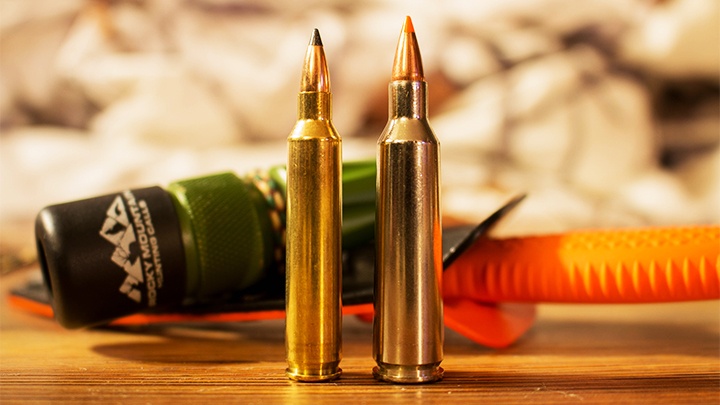
The .22-250 Remington is certainly the elder of the two, being nothing more—and nothing less—than the .250-3000 Savage case necked down to hold .224-inch diameter bullets. There were many early versions, dating back to the 1930s, but it wouldn’t be until the 1960s when a commercial rifle would be available. There was one minor kink though: Browning released a rifle chambered for the .22-250 in 1963, and the barrels were so marked, yet there was no commercial ammunition available. It would take until 1965 when Remington officially adopted the cartridge and began to produce both Model 700 rifles and SAAMI-approved ammunition.
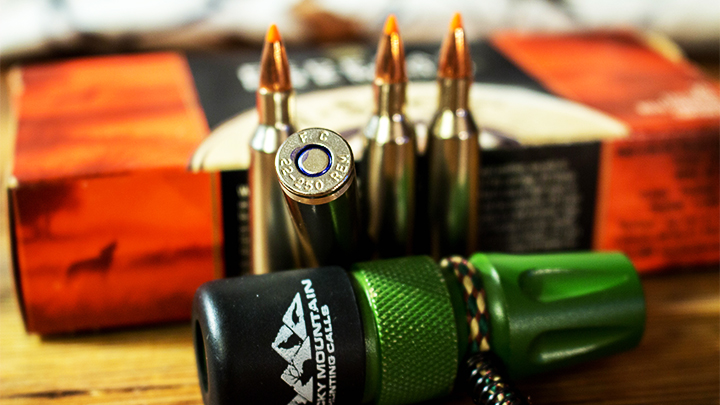
Using the same 1.912-inch case length of the .250-3000 Savage, but steepens the shoulder angle a bit to 28-degrees. It is a rimless design, with a case head of 0.473 inches—the same as the 7x57mm Mauser, .30-06 Springfield and their families—so no bolt face modification was necessary. It was immediately compared to the larger-cased .220 Swift, which will produce higher velocities, but the smaller .22-250 Remington is certainly in the race among the .22-caliber centerfire speed demons. It will drive the 55-grain bullets to a muzzle velocity of 3675 fps or so, depending on the manufacturer, giving more than enough power to handle any coyote on earth, as well as flatten woodchucks and prairie dogs.
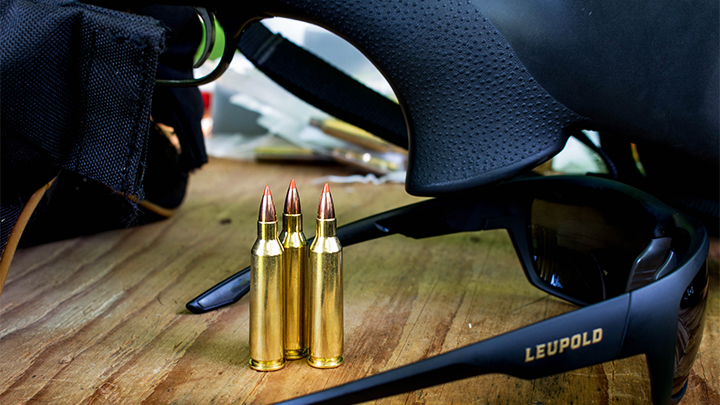
It is a wonderfully accurate cartridge, capable of hair-splitting accuracy. And though the 1:12” twist rate prohibits bullets much heavier than 55 grains (some of the 60-grains will stabilize, depending on conformation), the .22-250 Remington will suffice for most predator hunting situations. Recoil and report is heftier than in the lighter .22 centerfires like the .222 and .223 Remington, but the terminal results offset that, at least in my opinion. Even in its wildcat version, the cartridge was popular; so much so that Bruce Hodgdon named his ball powder after a 38-grain charge in his .22-250 with a 55-grain bullet. H380 and the .22-250 Remington case still mate up perfectly.
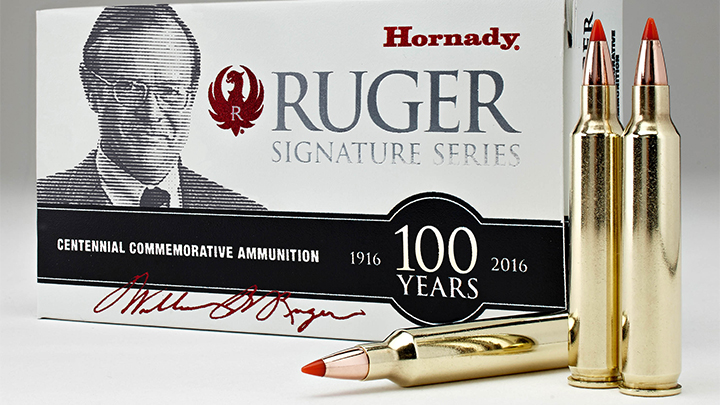
The year 2004 saw the joint effort of Hornady and Ruger to release the .204 Ruger, a screaming little .20-caliber varmint/predator cartridge based on the now-obscure .222 Remington Magnum. It shares the same case length as its father—1.850 inches—though it uses a 30-degreee shoulder in comparison to the .222 Magnum’s 23-degree shoulder. Another rimless cartridge, the .204 Ruger uses the same .378-inch diameter case head as the .222/.223 Remington family of cartridges. With a 2.26-inch cartridge overall length (0.02 inches shorter than the .222 Remington Magnum), there is enough room to seat a bullet without compromising case capacity.
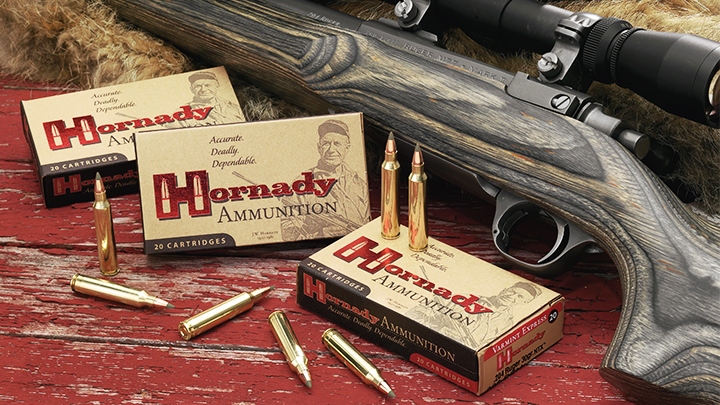
Bullet weights run between 24 and 40 grains in factory-loaded ammo, though component bullets will run as heavy as 55 grains; anything over 40 grains will require a faster-than-normal twist rate. Pushing the 32-grain bullets to a muzzle velocity of 4100 fps and the 40-grain bullets to 3900 fps, the .204 Ruger is one of our fastest cartridges. And if you enjoy speed, look to Hornady’s Superformance load, featuring the 24-grain NTX (Non-Toxic eXpanding) bullet at a velocity of 4400 fps. The .204 Ruger is fantastically accurate, capable of very precise shot placement, and will generate enough hydraulic shock to quickly dispatch varmints, and will a proper bullet it will minimize pelt damage on furbearers.
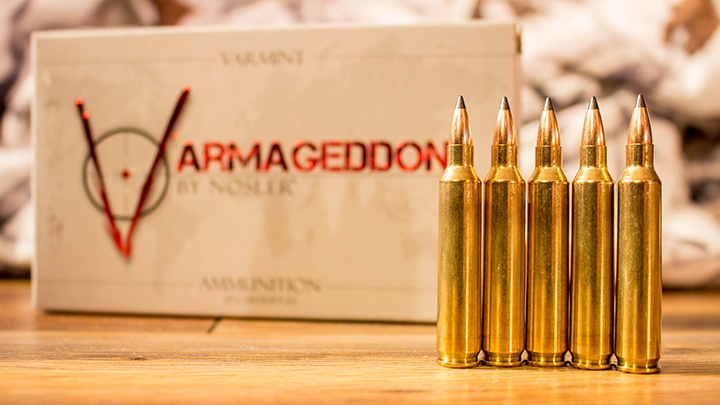
Which makes the more sensible choice for the hunter? I really think it will boil down to the bullet weight issue. If we’re looking at a standard twist rate for each cartridge (1:12” or 1:14” for the .22-250 Remington and 1:12” for the .204 Ruger) the .22-250 tops out at 55-grains and the .204 Ruger at 40 grains. Though the trajectory will be similar, the heavier .22-250 bullet will give better performance in the wind.
There is also the fact that the .22-250 has been used as a deer cartridge—though I will admit the performance is marginable at best. While that point can be debated, the .204 Ruger is absolutely not a deer cartridge. The speed of the .204 Ruger is impressive for sure, but the .22-250 will exceed its velocity when comparing 40-grain bullets. Neither is difficult to handload for, and there are plenty of excellent component bullets available to the reloader.
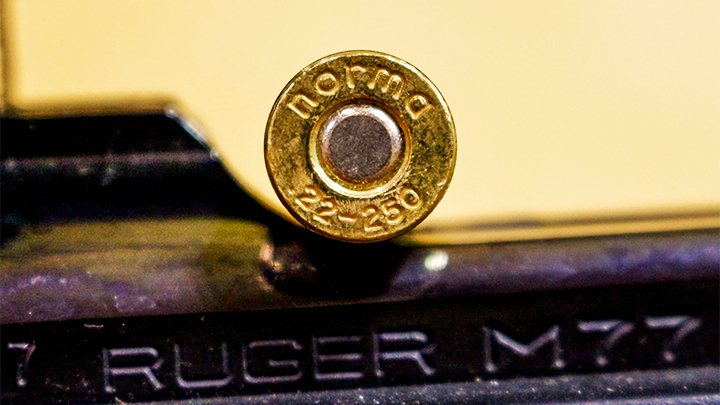
For the most versatility, I will give the .22-250 Remington the win in this comparison. Bullet choices run between 30 and 90 grains—if you were so inclined to install a barrel of proper twist rate—and the case offers more than enough capacity to deliver them at a suitable velocity. There are no flies on the .204 Ruger, and for the varmint/predator hunter who enjoys the reduction in recoil there’s nothing wrong with choosing it. I prefer the versatility of the .22-250 Remington; it has been a dear friend for over two decades, and will continue to accompany me on those winter jaunts in pursuit of furbearers, and my summer campaigns against woodchucks.
Looking for previous installments of our "Head to Head" series? We've got you covered.
• .25-06 Remington vs. 6.5 Creedmoor
• .444 Marlin vs. .45-70 Government
• 7x57mm Mauser vs. .280 Remington
• .300 Win. Mag. vs. .300 Wby. Mag.
• .375 Ruger vs. .375 H&H Magnum
• 7mm-08 Remington vs. .280 Remington
• .280 Remington vs. .280 Ackley Improved
• 7mm vs. .30 Caliber
• 6.5 Weatherby RPM vs. 6.5 PRC
• .338 Win. Mag. vs. .340 Wby. Mag.
• .300 RSAUM vs. .300 WSM
• .500 Jeffrey vs. .505 Gibbs
• 7mm RUM vs. .300 RUM
• .308 Winchester vs. 7mm-08 Remington
• 6.5 Creedmoor vs. .260 Remington
• .303 British vs. 8x57 Mauser
• .30-06 Springfield vs. All Other .30s
• .17 HMR vs. .17 WSM
• .450 Nitro Express vs. .470 Nitro Express
• 350 Legend vs. .35 Remington
• .280 Ackley Improved vs. 7mm Rem. Mag.
• .404 Jeffery vs. .416 Rigby
• .243 Winchester vs. 6mm Creedmoor
• .300 PRC vs. .300 Win. Mag.
• .30-06 Springfield vs. .270 Winchester
• 6.5 Creedmoor vs. 7mm-08 Remington
• 8x57 Mauser vs. .318 Westley Richards
• .358 Winchester vs. .350 Remington Magnum
• .22-250 Remington vs. .220 Swift
• .270 Winchester vs. .270 WSM
• .26 Nosler vs. 6.5-300 Weatherby Magnum
• .458 Win. Mag. vs. .458 Lott
• 7mm Rem. Mag. vs. .300 Win. Mag.
• .243 Winchester vs. 6mm Remington
• 7x57mm Mauser vs. 7mm-08 Remington
• .25-06 Remington vs. .257 Weatherby Magnum
• .338 Winchester vs. .375 H&H Magnum
• .30-30 Winchester vs. .35 Remington
• .257 Roberts vs. .250-3000 Savage
• .270 Winchester vs. .280 Remington
• .35 Whelen vs. 9.3x62mm Mauser
• .416 Rigby vs. .416 Remington Magnum
• .308 Winchester vs. .30-06 Springfield
• .22 Nosler vs. .224 Valkyrie
• .300 Win. Mag. vs. .300 WSM
• .223 Remington vs. .22-250 Remington



































